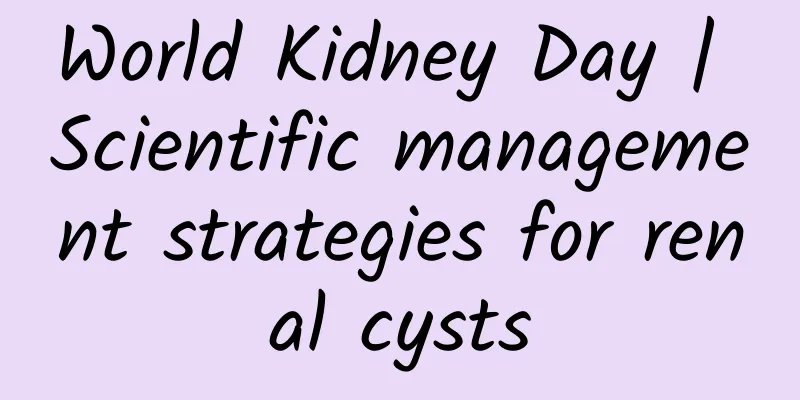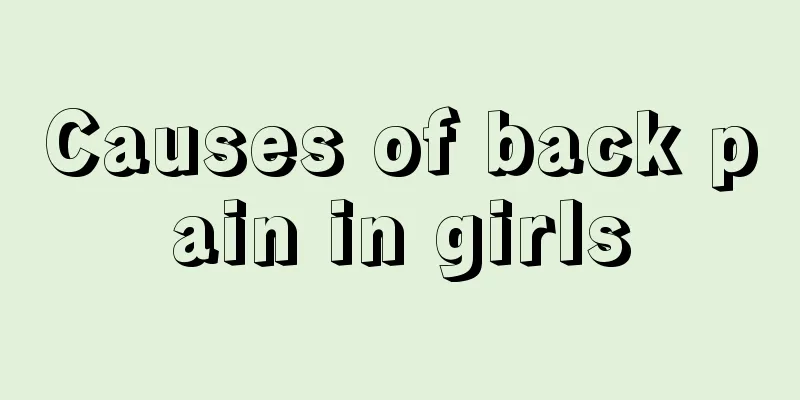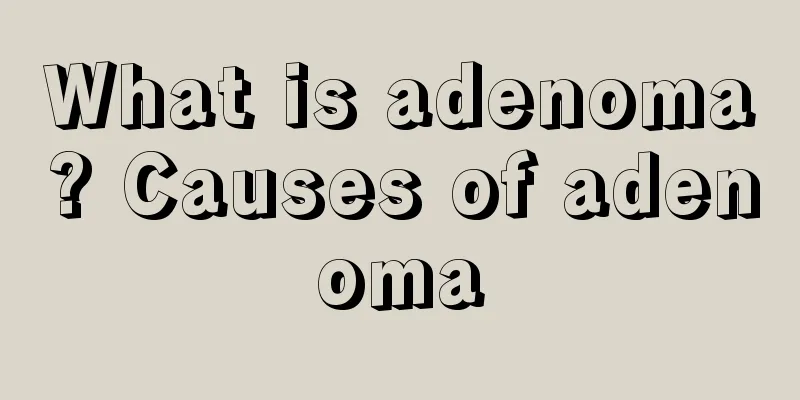World Kidney Day | Scientific management strategies for renal cysts

|
"The medical examination report says 'renal cyst', is it close to uremia?" This is the first reaction of many people when they get their medical examination reports. In fact, renal cyst is a very common kidney disease, and not all kidney cysts will lead to uremia. 1. Causes of renal cysts Renal cysts can be generally understood as "small blisters" on the surface or inside the kidneys. The formation of renal cysts is mainly related to aging, and is more common in people over 40 years old. In addition, tubular obstruction or local ischemia may also lead to the formation of renal cysts, but they are not directly caused by infection or diet. The current mainstream view is that the pathological mechanism of renal cysts is mainly related to changes in the local microenvironment of the kidney. 2. Will renal cysts develop into uremia? Many people worry that renal cysts may develop into uremia. According to authoritative data, the incidence of simple renal cysts developing into uremia is extremely rare, while about 50% of polycystic kidney patients may develop into uremia. According to the "Guidelines for the Diagnosis and Treatment of Urological and Andrological Diseases in China" (2022 edition), simple renal cysts usually do not require special treatment. Therefore, for most patients with renal cysts, there is no need to worry too much. However, when the following situations occur, you need to seek medical attention in time. (1) The diameter of the cyst is greater than 5 cm: it may compress surrounding tissues and organs and cause discomfort. (2) Symptoms such as hematuria, low back pain, and recurrent urinary tract infections occur: these symptoms may be signs of cyst rupture, infection, or bleeding. (3) The number or volume of cysts increases rapidly in a short period of time: this may indicate that the nature of the cyst has changed and further examination is required. 3. 4 Keys to Scientific Management of Renal Cysts 1. Regular follow-up: For patients with asymptomatic renal cysts, it is recommended to have an ultrasound examination once a year to monitor changes in the cyst. If the cyst diameter exceeds 5 cm or other abnormalities occur, the examination frequency should be increased. Regular follow-up can help detect changes in the cyst in a timely manner and avoid delays in treatment. 2. Lifestyle: Controlling blood pressure is key, as high blood pressure can accelerate kidney damage. Patients are advised to measure their blood pressure regularly and keep it within the normal range. At the same time, avoid long-term abuse of nephrotoxic drugs, such as certain painkillers. These drugs may cause further damage to the kidneys and worsen the condition. 3. Dietary recommendations: For patients with renal cysts, there is no need to avoid certain foods. However, if you have hypertension, a low-salt diet is recommended to reduce the burden on the kidneys. In addition, it is recommended to eat more fresh vegetables and fruits and maintain a balanced diet. Avoid high-protein and high-fat foods to reduce the metabolic burden on the kidneys. 4. Psychological adjustment: Renal cyst is a very common disease, and many patients can "live with the cyst". Most renal cysts do not cause serious health effects, so there is no need to be overly anxious. Maintaining a good attitude and actively cooperating with the doctor's treatment and follow-up are important aspects of managing renal cysts. In short, renal cyst ≠ uremia. Scientific knowledge is better than blind panic. I hope everyone can look at renal cysts rationally when they get the physical examination report. (Author: Zhao Jiyu, Department of Urology, Chuiyangliu Hospital Affiliated to Tsinghua University) |
<<: World Kidney Day | "Silent Thief" - Dent disease that "steals" kidney function
>>: World Kidney Day | Hematuria and edema in children: warning signs of acute glomerulonephritis
Recommend
Can women still grow taller after giving birth?
The body's height development generally takes...
Why do glutinous rice balls float after being cooked? Why do we eat glutinous rice balls at weddings?
Eating glutinous rice balls also means that the n...
At what size does the follicle need to be to be released, and what is the reason for it not being released?
Poor or immature follicles will affect their size...
What does moldy macadamia look like? Can you eat moldy macadamia?
The kernel of macadamia nut is milky white, smell...
What are the disadvantages of staying up late for women?
Maybe many women have the habit of staying up lat...
How to get rid of foot odor and shoe odor, these tips are not to be missed
Smelly feet and shoes are very embarrassing, espe...
Dietary fiber has many benefits. Here’s how to easily eat enough (Part 1)
What is dietary fiber? Dietary fiber is essential...
How much brown blood will flow if the fetus stops growing
Fetal arrest is a very scary thing, and it may le...
Swelling of female urethra
If a woman finds any abnormality in the urethral ...
Arthritis is not caused by freezing, but I still advise you to wear long johns
gossip In the past, there was a kind of cold call...
[Cold Dew Today] Yang Qi gradually recedes, Yin Qi gradually grows, these health rules need to be known
"Cold Dew" is the first solar term amon...
How to squeeze grape juice? Do you need to add water when squeezing grape juice?
Grape juice, as the name implies, is juice squeez...
No menstruation after miscarriage
Termination of pregnancy surgery is very harmful ...
The Lancet: First case of a human being infected with COVID-19 by a pet
On March 11, a study published in the internation...
When do women age fastest?
The thing that every woman worries about most is ...



![[Medical Q&A] What should parents do if their child is diagnosed with cough variant asthma?](/upload/images/67f0e33188dfd.webp)





